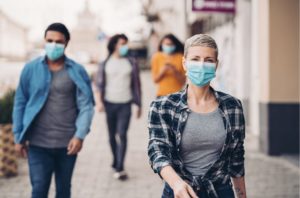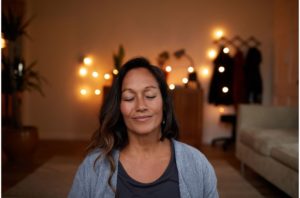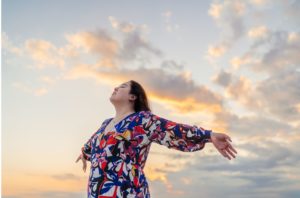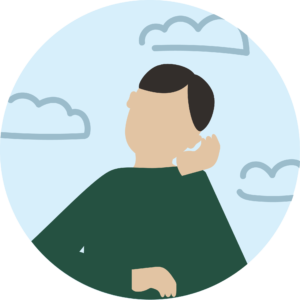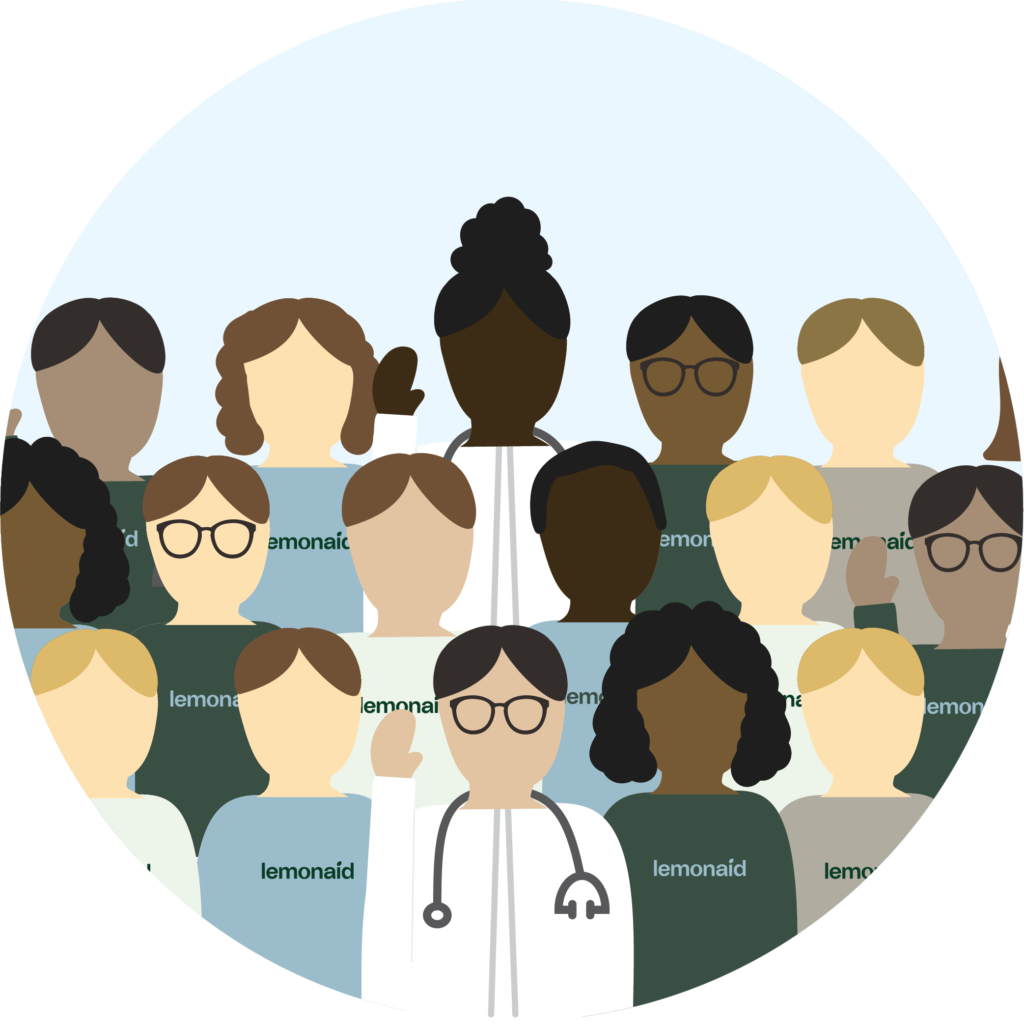GBD Results Tool | GHDx. Ghdx.healthdata.org. Institute for Health Metrics and Evaluation, University of Washington. Published 2021. Accessed November 9, 2021.
Hasin DS, Sarvet AL, Meyers JL, et al. Epidemiology of Adult DSM-5 Major Depressive Disorder and Its Specifiers in the United States. JAMA Psychiatry. 2018;75(4):336–346. doi:10.1001/jamapsychiatry.2017.4602
Depression. Who.int. World Health Organization, Published 2021. Accessed November 9, 2021.
Borza L. Cognitive-behavioral therapy for generalized anxiety. Dialogues Clin Neurosci. 2017;19(2):203-208. doi:10.31887/DCNS.2017.19.2/lborza
NIMH » Depression. National Institute of Mental Health, Nimh.nih.gov.
APA CLINICAL PRACTICE GUIDELINE for the Treatment of Depression Across Three Age Cohorts. APA Council of Representatives. 2019.
Vasile C. CBT and medication in depression (Review). Exp Ther Med. 2020;20(4):3513-3516. doi:10.3892/etm.2020.9014
Toups M, Carmody T, Greer T, Rethorst C, Grannemann B, Trivedi MH. Exercise is an effective treatment for positive valence symptoms in major depression. J Affect Disord. 2017;209:188-194. doi:10.1016/j.jad.2016.08.058
Meyer JD, O’Connor J, McDowell CP, Lansing JE, Brower CS, Herring MP. High Sitting Time Is a Behavioral Risk Factor for Blunted Improvement in Depression Across 8 Weeks of the COVID-19 Pandemic in April-May 2020. Front Psychiatry. 2021;12:741433. Published 2021 Oct 1. doi:10.3389/fpsyt.2021.741433
Harbec MJ, Goldfield G, Barnett TA, Pagani LS. Physical Activity as Both Predictor and Outcome of Emotional Distress Trajectories in Middle Childhood [published online ahead of print, 2021 Sep 23]. J Dev Behav Pediatr. 2021;10.1097/DBP.0000000000001005. doi:10.1097/DBP.0000000000001005
Müller HHO, Moeller S, Lücke C, Lam AP, Braun N, Philipsen A. Vagus Nerve Stimulation (VNS) and Other Augmentation Strategies for Therapy-Resistant Depression (TRD): Review of the Evidence and Clinical Advice for Use. Front Neurosci. 2018;12:239. Published 2018 Apr 10. doi:10.3389/fnins.2018.00239
Nussbaumer-Streit B, Forneris CA, Morgan LC, et al. Light therapy for preventing seasonal affective disorder. Cochrane Database Syst Rev. 2019;3(3):CD011269. Published 2019 Mar 18. doi:10.1002/14651858.CD011269.pub3
Yeung KS, Hernandez M, Mao JJ, Haviland I, Gubili J. Herbal medicine for depression and anxiety: A systematic review with assessment of potential psycho-oncologic relevance. Phytother Res. 2018;32(5):865-891. doi:10.1002/ptr.6033
St. John’s Wort. In: Drugs and Lactation Database (LactMed). Bethesda (MD): National Library of Medicine (US); February 15, 2021.
Yohn CN, Gergues MM, Samuels BA. The role of 5-HT receptors in depression. Mol Brain. 2017;10(1):28. Published 2017 Jun 24. doi:10.1186/s13041-017-0306-y
Moret C, Briley M. The importance of norepinephrine in depression. Neuropsychiatr Dis Treat. 2011;7(Suppl 1):9-13. doi:10.2147/NDT.S19619
Garakani A, Murrough JW, Freire RC, et al. Pharmacotherapy of Anxiety Disorders: Current and Emerging Treatment Options. Front Psychiatry. 2020;11:595584. Published 2020 Dec 23. doi:10.3389/fpsyt.2020.595584
Huecker MR, Smiley A, Saadabadi A. Bupropion. [Updated 2021 Aug 26]. In: StatPearls [Internet]. Treasure Island (FL): StatPearls Publishing; 2021 Jan-. Available from: https://www.ncbi.nlm.nih.gov/books/NBK470212/
Sub Laban T, Saadabadi A. Monoamine Oxidase Inhibitors (MAOI) [Updated 2021 Aug 6]. In: StatPearls [Internet]. Treasure Island (FL): StatPearls Publishing; 2021 Jan-. Available from: https://www.ncbi.nlm.nih.gov/books/NBK539848/
Esketamine. In: Drugs and Lactation Database (LactMed). Bethesda (MD): National Library of Medicine (US); April 1, 2019.
Brexanolone. In: LiverTox: Clinical and Research Information on Drug-Induced Liver Injury. Bethesda (MD): National Institute of Diabetes and Digestive and Kidney Diseases; April 12, 2019.




